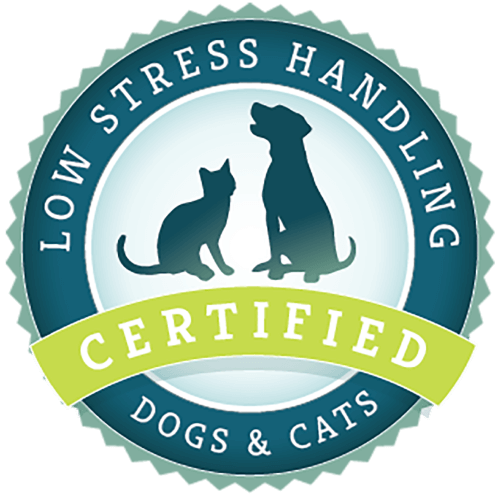What article are you looking for?
Category: Reader Q&A
The Foobler: How to Develop a Cool Dog Product, Part 1
Have you ever seen a product for pets and thought, “that company should change the product just a little and it would be perfect for me and my dog,” or noticed a lack of product on the market and thought, “If only someone made something that did THIS, everyone would buy it! I wonder why this product hasn’t already been made?” Well, today I want to introduce a new product, the Foobler, a time-release treat ball food-dispenser, and show you what goes into the making of a product. In 2002, I had the pleasure of working with The Sharper Image
My Puppy Won’t Walk on Leash! 3 Ways to Train Your Puppy to Love Her Leash
My general rule of thumb is that we should use methods that focus on rewarding the correct behavior, starting with steps the dog can easily perform and quickly moving on to steps that are closer and closer to our goal behavior.
A Scientific Approach Can Help You Solve Many Types of Possession Aggression, Part 2: Other Dogs
Last time we looked at how to use a science-based approach (use of counterconditioning) to dealing with dogs with food bowl aggression and saw that by approaching the problems systematically the solution was pretty straightforward. So how do we tweak that approach to the case where the dog is food aggressive only towards other dogs?
A Scientific Approach Can Help You Solve Many Types of Possession Aggression, Part 1: Food Bowl
For instance, I accidentally left my treat bag on the hill at a park with a friend and her dog went to sniff it. Rosco attacked him and made him bleed! Yesterday I was playing fetch by the water and another dog came by to investigate the toy I was throwing and Rosco attacked him (They had been playing together so nicely until I made the mistake of getting his throw toy out of the car). I also think he would be possessive aggressive if I have a treat bag and another dog approaches. What should I do? SignedPuzzled in
A Workshop for Reactive Dogs: It’s All About Technique and Timing
Once the owners have made the subtle but important changes to their technique and are getting better responses in their dogs, we work on using the exercises with distractions—the distraction that they actually react to OR any known distraction that they can handle. The goal is to present the distraction at a level that the dog-handler team can handle and then work in progressively more difficult distractions.
Karen Pryor Academy: The Most Efficient Path to Becoming an Animal Trainer
Veterinarians, technicians and other dog enthusiasts often ask me about the most efficient way to learn about animal training or to become a trainer. Currently, my best recommendation is the Karen Pryor Academy and others agree. Just ask veterinary technician Debbie Martin, a KPA graduate and co-author of Puppy Start Right: Foundation Training for the Companion Dog. Martin was no beginner when she took the KPA trainer course in 2008. She had been teaching puppy socialization classes in the veterinary hospital where she was employed starting in 1997 and, for three years, she had been the animal behavior technician for Veterinary Behavior Consultations,

Low Stress Handling® Silver-Level Certification
Individual Certification at this level demonstrates to clients and employers the individual’s dedicated interest in Low Stress Handling®. Hospital Certification at this level demonstrates to clients and staff the hospital’s commitment to appropriately training staff in Low Stress Handling® methods.
Learn More
